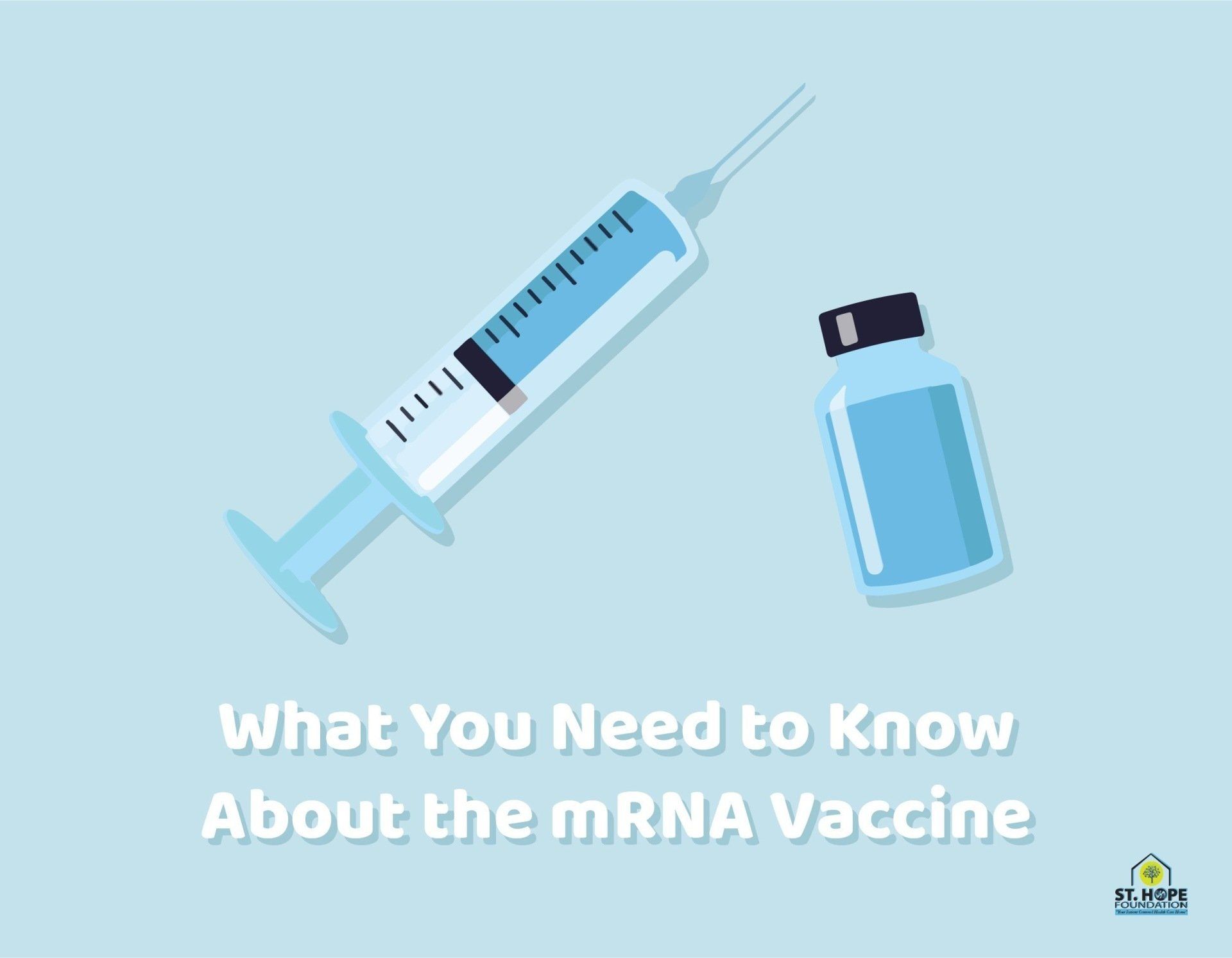Recent Posts
What You Need to Know About the mRNA vaccine

As the novel coronavirus spread throughout the world in 2020, it was assumed that developing a vaccine to prevent people from contracting it would be a difficult task. Vaccines often require many years of research and development, but the world didn’t have years to wait.
What you might not realize is that the technology behind the rapid development of the COVID-19 vaccines is not new at all. In fact, despite differing from traditional vaccines, mRNA vaccines are a result of over 30 years of relentless work done by hundreds of researchers.
It’s been a year since the U.S. Food and Drug Administration (FDA) granted an emergency use authorization (EUA) to Pfizer and Moderna. As a result, these leading pharmaceutical and biotechnology corporations rolled out two mRNA vaccines: the Pfizer-BioNTech COVID-19 vaccine and the Moderna Covid-19 vaccine.
It took a global pandemic to accelerate the release of these vaccines, which are now responsible for saving millions of lives worldwide. Although vaccinated people can still catch COVID-19, their risk of hospitalization or serious illness is drastically reduced.
Maybe most importantly the vaccines have allowed economies to resume functioning and given people a chance to go back to work and regain some semblance of normalcy.
What Are mRNA Vaccines?
Like many other viruses, COVID-19 contains proteins that attach to and enter human cells.
To combat these proteins, the immune system produces antibodies. The role of antibodies is to defend your body against the virus. They attack the protein and block the virus from attaching.
The immune system is extraordinary, but it can be slow to attack. That’s why even if you’re perfectly healthy and have a strong immune system, you can still get sick. A vaccine becomes a helping hand in preparing the immune system to fight off a virus. The fundamental job of a mRNA vaccine is to train your immune system to detect and defend against an infection before it can develop.
How Do mRNA Vaccines Work?
COVID-19 is equipped with distinctive spikes, which makes it easy for the virus to attach to your body’s cells and infect them. The mRNA vaccine causes your body to produce these spikes on its own. To do this, researchers looked at the virus’s RNA, which stands for ribonucleic acid, a single-stranded molecule similar to DNA.
While studying the RNA, they isolated the part responsible for producing the spikes and created mRNA. Messenger RNA (mRNA) is a special form of RNA that can enter human cells and give them specific instructions.
In the case of the mRNA vaccine, the mRNA instructs the cells to build the spikes of the coronavirus, but not the virus itself. Once the cells have created parts of the virus, the immune system can then begin to attack the “intruder.”
The immune system learns how to fight off the spikes without ever being infected with the actual virus.
History of mRNA Vaccines
MRNA was first discovered in 1960. However, it took several decades of research to create mRNA vaccines. The steady advancement of science and technology and a dire pandemic led to last year's release of the first messenger RNA vaccine to protect people from COVID-19.
In 1987, American virologist and a graduate student at the Salk Institute for Biological Studies in La Jolla, California, Robert Malone, conducted studies on mRNA technology. His experiments, which involved mixing mRNA with fat droplets, led him to believe that cells could absorb this genetic combination and produce proteins from it. Malone realized that RNA could be harnessed to treat various ailments.
But Malone’s path to success was full of obstacles. For many years mRNA was seen as too unpredictable and expensive to be used as a drug or a vaccine delivery tool. Multiple academic labs and companies worked on the idea, struggling to find the right formula of fats and nucleic acids — the building blocks of mRNA vaccines.
For many years, researchers only dabbled in mRNA technology to study the function and activity of genes. In the 1990s and 2000s, nearly every vaccine company that considered working on mRNA would ultimately invest its resources elsewhere.
Technology and research didn’t catch up with the theory until the late 2000s, when luckily a number of big, deep-pocketed pharmaceutical companies discovered a renewed interest in mRNA. Among these companies was Moderna who chose to focus its efforts on producing mRNA vaccines.
In 2020, in response to the pandemic, Moderna and Pfizer accelerated their research efforts and created prototype vaccines against the coronavirus. Rapidly organized clinical trials on monumental scales allowed testing that normally require years to be thoroughly completed in less than eight months.
From COVID-19 and Primary Care to Pediatric and Diabetes Care in Houston
At St. Hope Foundation, we serve many patients living with all kinds of medical conditions. We encourage patients to take preventative steps to safeguard their health and the wellness of their families, which is why we hope you get vaccinated and schedule your booster shot if you haven’t already.
We foster a trusting patient/medical provider relationship to ensure that everyone who walks through our doors feels comfortable and receives the care they deserve. If you’re still hesitant to get the vaccine, we suggest you talk to one of our doctors. We don’t condescend to our patients – we just give the facts.
We take same-day appointments, accept all insurance plans and welcome walk-ins. Call us at (713) 778-1300, visit us at one of our five health center locations or contact us for more information.









